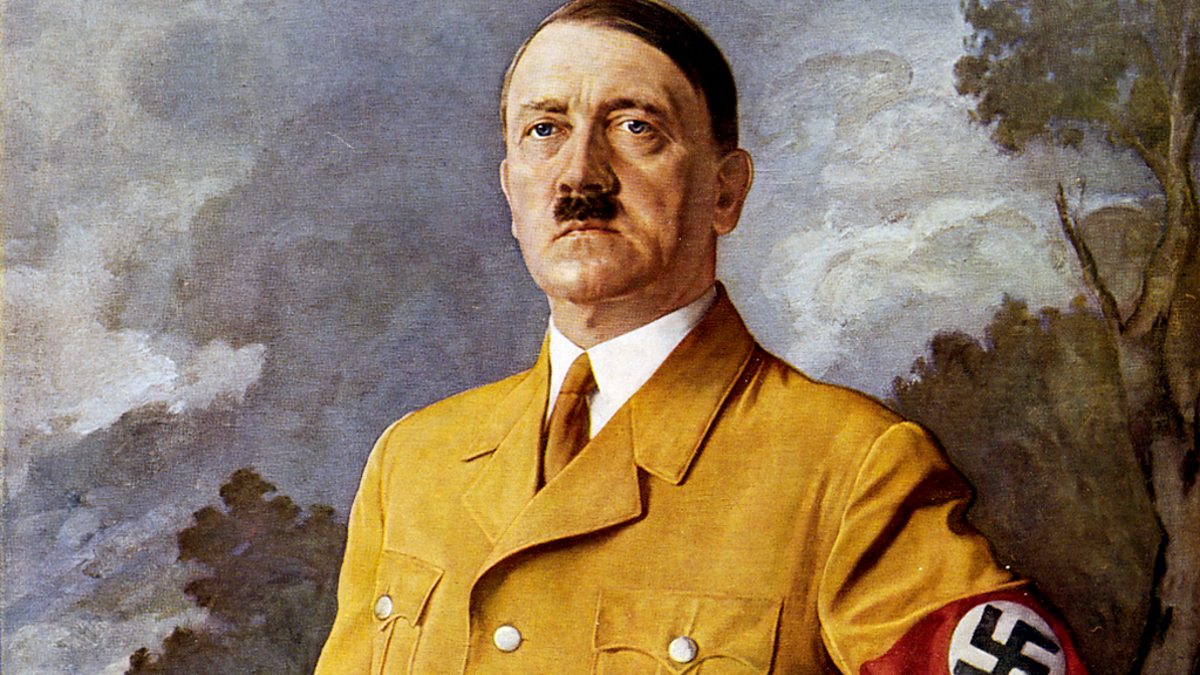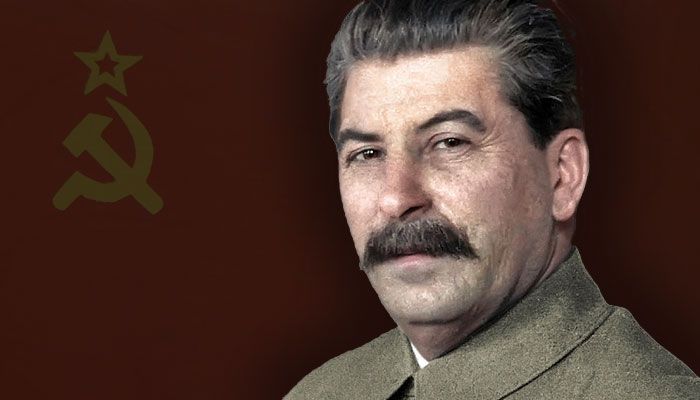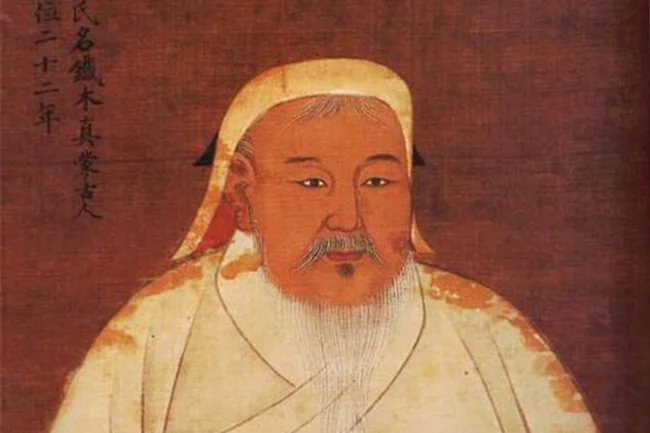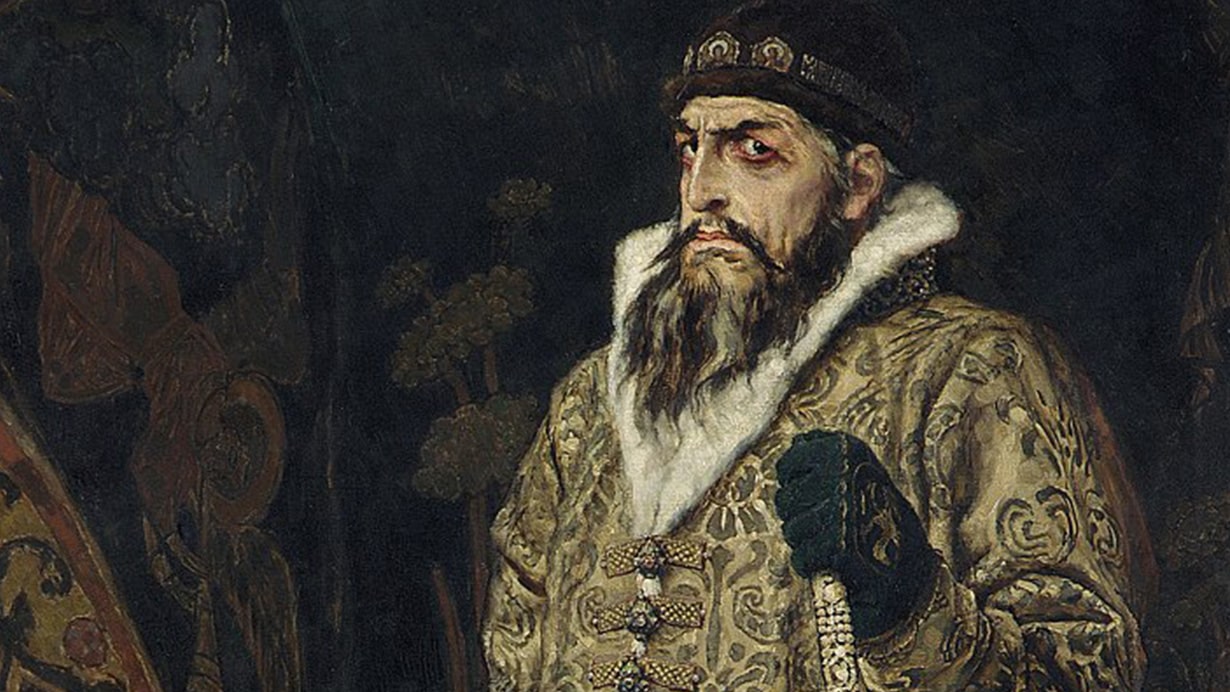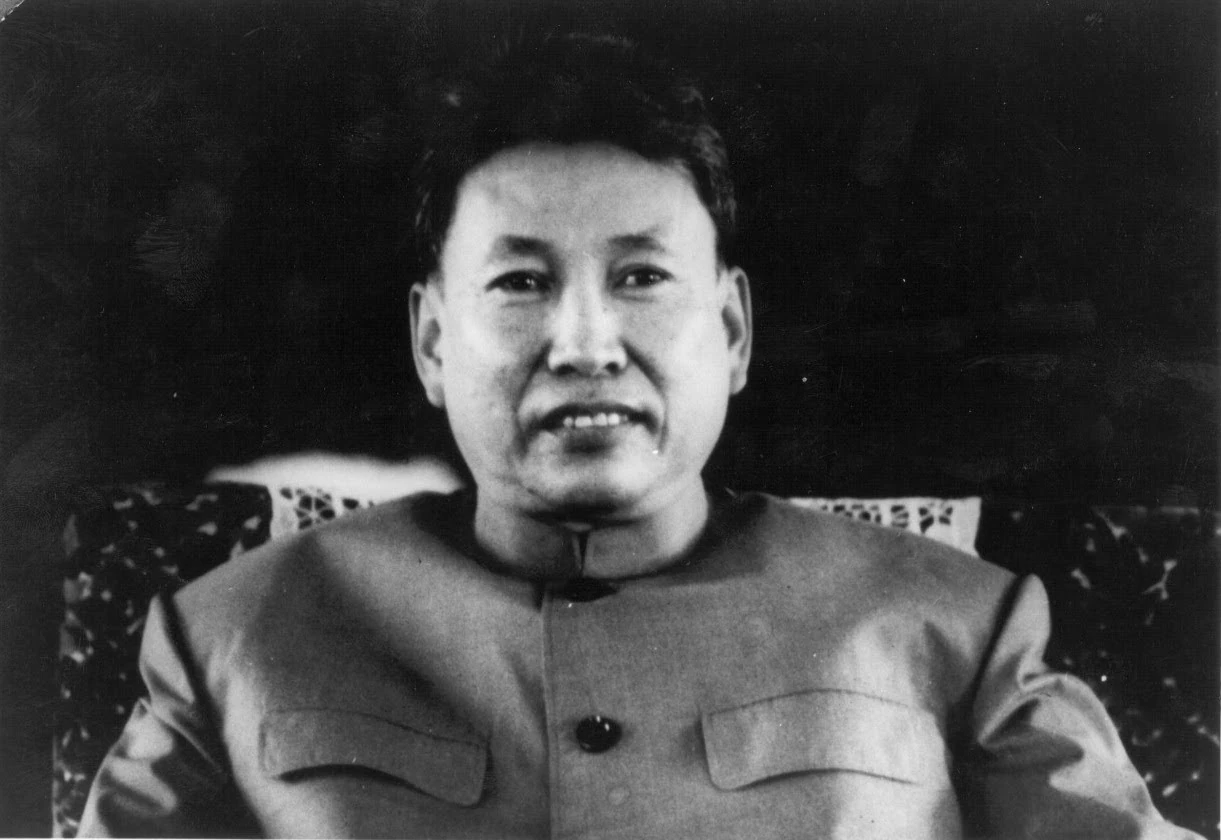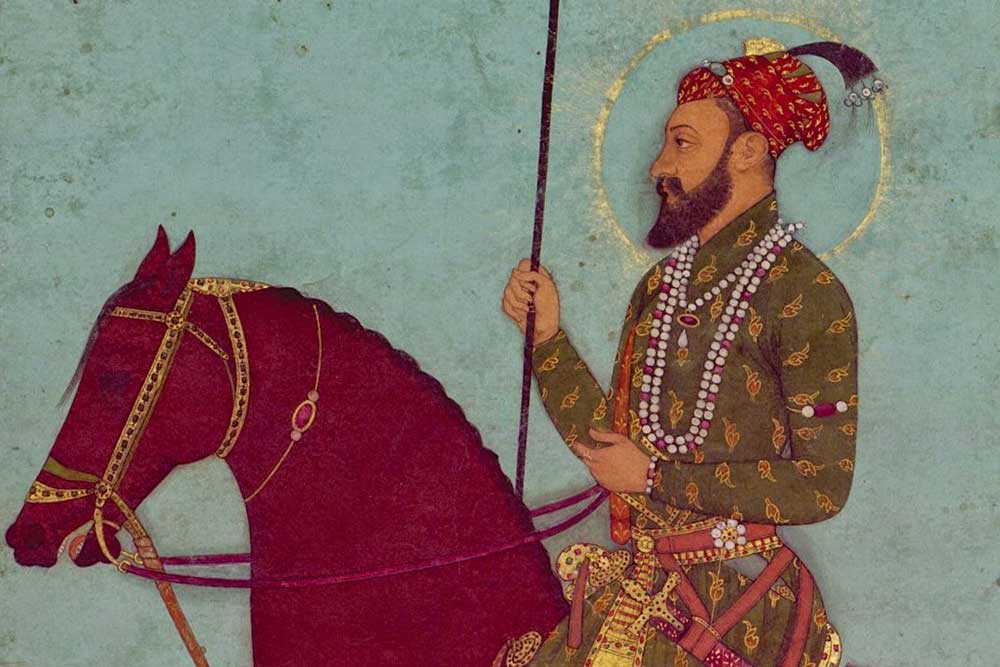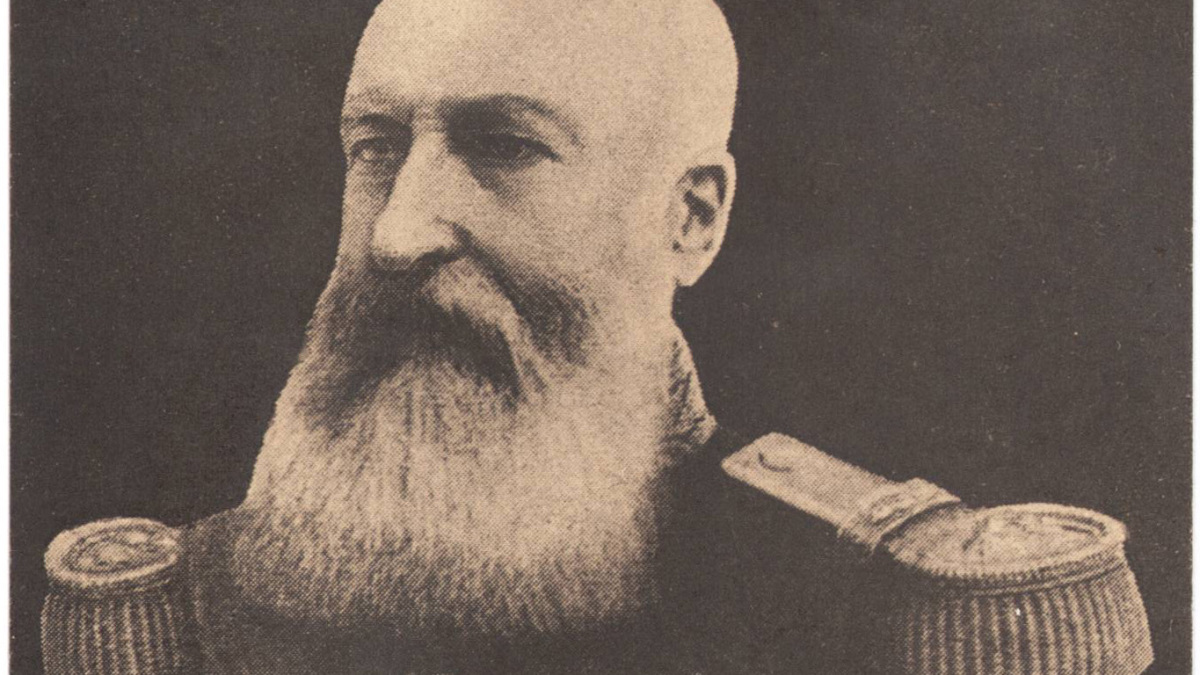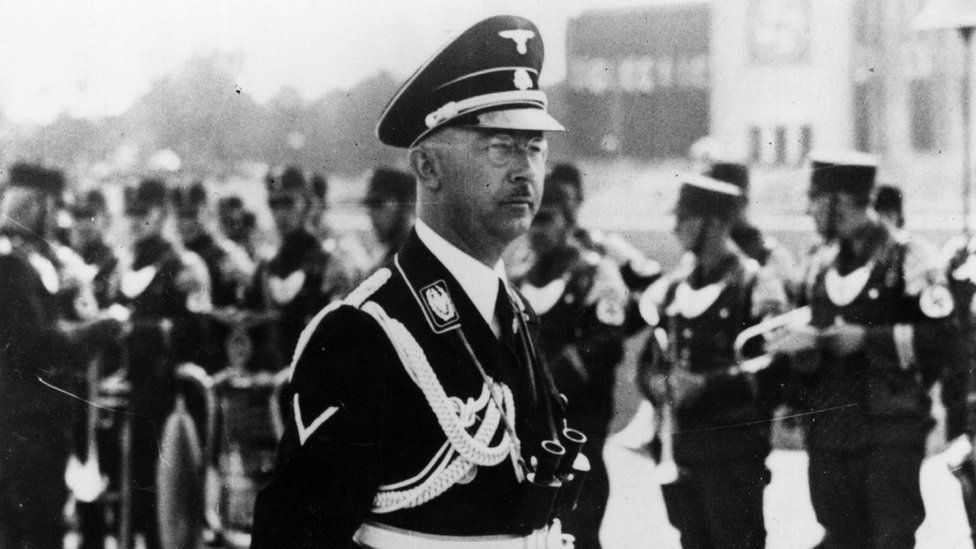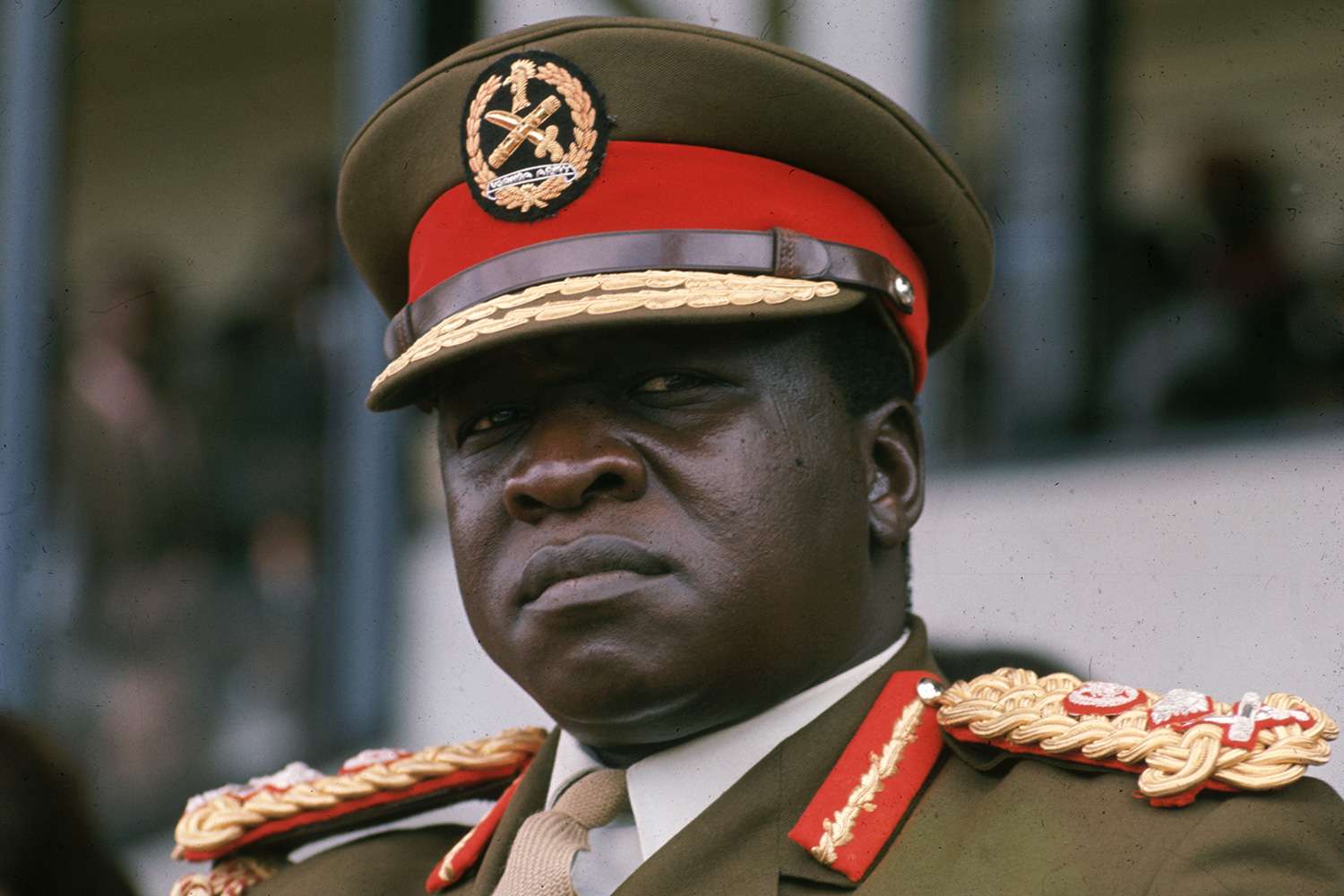Top Lists
Top 10 Evil People in The Whole of History
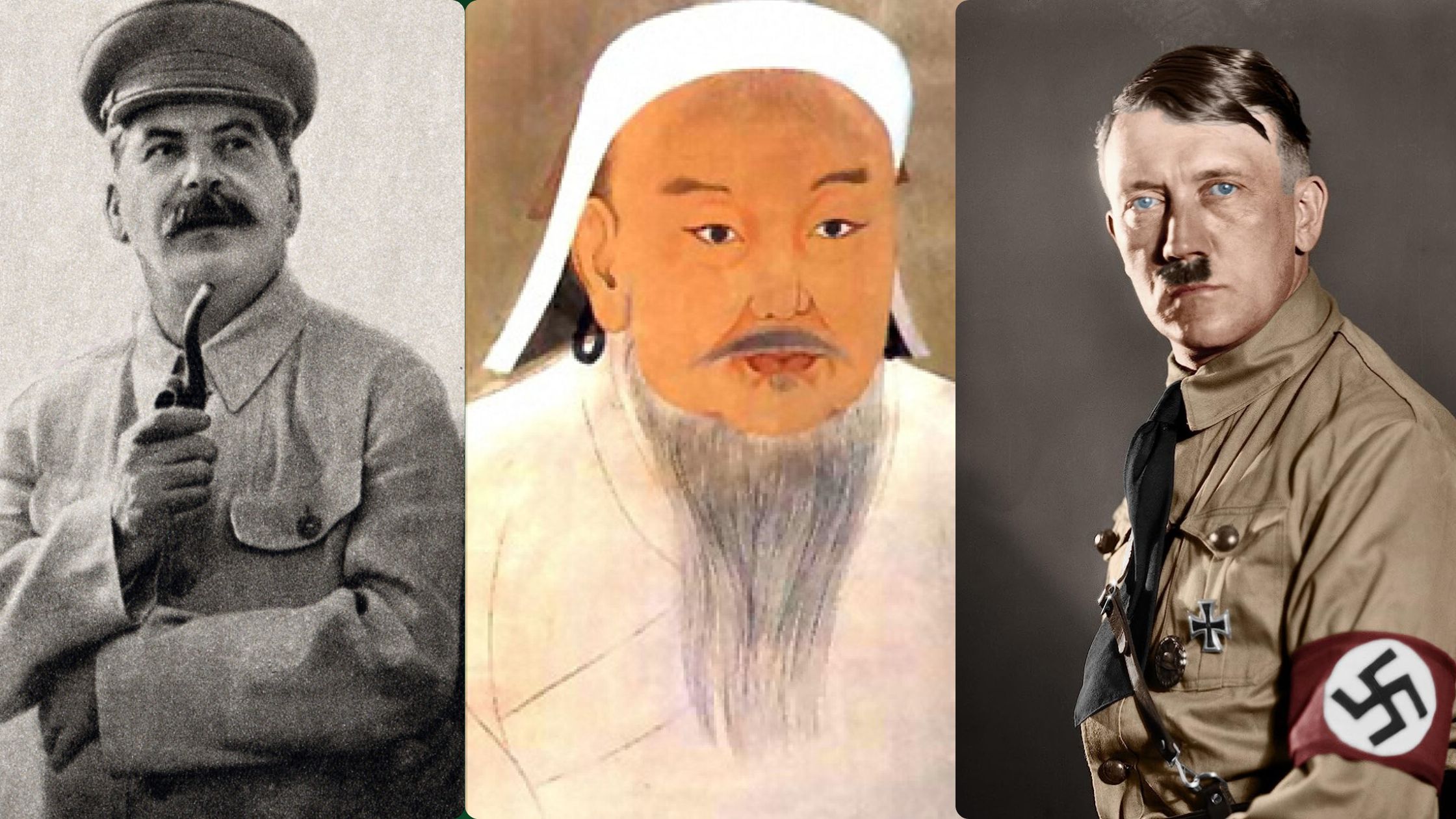
Humanity has seen people come to power throughout history who have committed some of the most heinous crimes against kindness and malice. In this article, we will discuss the top 10 evil and dangerous people in the whole of history. These individuals left a lasting impression on the world by causing enormous pain and countless deaths.
From murderous dictators to tyrannical leaders, their names are inscribed in history as lessons on the worst facets of human nature. This list of the top 10 evil people in history is by no means exhaustive.
Many other people could have been included, but these ten individuals stand out for their particularly heinous crimes. They are responsible for the deaths of millions of people, the destruction of entire cultures, and the spread of fear and terror. Their names are a reminder of the darkest side of human nature, and a warning to us all to never let such evil take root again.
Top 10 Evil People in The Whole of History
Here are the top 10 evil and dangerous people in the whole of history:
Adolf Hitler (1889-1945)
Adolf Hitler is the most evil person the world has ever seen; he was an Austrian-born German politician who was the dictator of Germany from 1933 until his suicide in 1945.
He rose to power as the leader of the Nazi Party, becoming the chancellor in 1933 and then taking the title of Führer und Reichskanzler in 1934. During his dictatorship, he initiated World War II in Europe by invading Poland on 1 September 1939.
Adolf Hitler’s regime was responsible for the deaths of millions of people. The Holocaust, the systematic extermination of Jews, was the most infamous example of Nazi barbarity. Millions of other people, including Roma, homosexuals, and political opponents, were also killed.
World War II began in 1939 when Hitler invaded Poland. The war lasted for six years and resulted in the deaths of over 60 million people. Hitler committed suicide in 1945 as the Allied forces were closing in on Berlin. Hitler’s legacy is one of hate and destruction. He was a monster who caused immense suffering and death. His actions will never be forgotten.
2. Joseph Stalin (1878-1953)
Joseph Stalin was the leader of the Soviet Union from 1924 until he died in 1953. He was a ruthless dictator who was responsible for the deaths of millions of people through his purges and labour camps
He was born in Georgia in 1878 and joined the Communist Party in 1903 and became a leading figure in the Russian Revolution of 1917. After the revolution, Stalin rose to power within the Communist Party and eventually became the General Secretary in 1922.
As General Secretary, Stalin consolidated his power and began to purge the party of his enemies. Millions of people were arrested, tortured, and executed during Stalin’s purges. He also established a network of labour camps where millions more people were sent to work and die.
Stalin’s rule was characterized by terror and oppression. He was a paranoid dictator who was constantly afraid of being overthrown. This led to a climate of fear and suspicion throughout the Soviet Union.
3. Genghis Khan (1162-1227)
Genghis Khan was the founder and first Great Khan of the Mongol Empire, which became the largest contiguous empire in history after his death. He was born Temüjin in 1162 in modern-day Mongolia.
He was the son of a minor chieftain and his mother was a shaman. Temüjin’s early life was marked by hardship and adversity. He was orphaned at a young age and was forced to live in poverty. He also had to contend with the constant threat of attack from rival tribes.
Genghis Khan was a ruthless conqueror who was responsible for the deaths of millions of people; however, he was also a skilled diplomat and administrator. He established a system of law and order throughout his empire and promoted trade and commerce.
His legacy is complex and controversial. He is remembered as one of the most successful military leaders in history, but he is also reviled for his brutality and violence.
4. Mao Zedong (1893-1976)
Mao Zedong was the leader of China from 1949 until he died in 1976. He was a complex and controversial figure who is credited with leading China’s communist revolution and transforming the country into a major world power. However, he is also responsible for the deaths of millions of people during the Great Leap Forward and Cultural Revolution.
Mao was born in Shaoshan, Hunan Province, China, in 1893. He was a bright student and attended school in Changsha, where he became involved in the nationalist movement.
In 1911, he joined the Chinese Communist Party (CCP) and began to work for the overthrow of the Qing dynasty. After the CCP was founded in 1921, Mao became one of its most important leaders. He led the Long March in 1934-35, a 6,000-mile retreat from the Kuomintang (KMT) army, and helped to establish the CCP as a major force in Chinese politics.
In 1949, Mao led the CCP to victory in the Chinese Civil War and became the chairman of the People’s Republic of China. He died in 1976, and his legacy remains a matter of debate. Mao is seen by some as a great revolutionary leader who modernized China and made it a major world power. Others see him as a ruthless dictator who was responsible for the deaths of millions of people.
5. Ivan the Terrible (1530-1584)
Ivan IV Vasilyevich, AKA Ivan the Terrible, was the Grand Prince of Moscow and the first Tsar of all Russia from 1547 until he died in 1584. He was a complex and controversial figure who is credited with uniting Russia and expanding its borders, but who is also responsible for the deaths of many people during his reign.
He was born in Kolomenskoye, near Moscow, in 1530. He was the eldest son of Vasili III of Moscow and Elena Glinskaya. Ivan’s father died when he was three years old, and his mother ruled as regent until she died in 1538.
Ivan’s early years were marked by instability and violence. He was surrounded by court intrigue and power struggles, and he was also physically abused by his guardians. This led to a deeply insecure and paranoid personality.
However, Ivan’s reign was also marked by violence and bloodshed. He was known for his ruthlessness and his temper, and he was responsible for the deaths of thousands of people, including his son, Ivan Ivanovich.
6. Pol Pot (1925-1998)
Pol Pot was the leader of the Khmer Rouge, a communist party that ruled Cambodia from 1975 to 1979. He was responsible for the deaths of an estimated 2 million people, or one-fourth of the Cambodian population, during the Khmer Rouge’s reign of terror.
Pol Pot was born Saloth Sar in 1925 in Kompong Thom Province, Cambodia. He was educated in France, where he became involved in communist politics. In 1960, he returned to Cambodia and helped to found the Khmer Rouge.
In 1975, the Khmer Rouge seized power in Cambodia. Pol Pot immediately began to implement a radical social and economic program that aimed to create a communist utopia. He emptied the cities, forced people into labour camps, and executed anyone who was seen as a threat to the regime.
The Khmer Rouge’s policies led to widespread famine, disease, and death. Millions of people were killed, and the country’s infrastructure was destroyed. In 1979, the Vietnamese invaded Cambodia and overthrew the Khmer Rouge. Pol Pot fled to the jungle, where he continued to lead the Khmer Rouge until he died in 1998. He was never brought to justice for his crimes.
7. Aurangzeb (1618-1707)
Aurangzeb also known as Alamgir, was the sixth and last great Mughal emperor of India. He was a devout Muslim who sought to expand the Mughal Empire and impose Islamic rule throughout his domains.
He was born in Dahod, Gujarat, India, in 1618. He was the third son of the Mughal emperor Shah Jahan and Mumtaz Mahal. He was a serious and devout youth, and he showed signs of military and administrative ability early on.
In 1658, Aurangzeb led a successful rebellion against his father and became the Mughal emperor. He ruled for 49 years, during which time he expanded the Mughal Empire to its greatest extent. He also imposed Islamic law throughout his domains, which led to conflict with Hindus and other non-Muslims.
8. Leopold II of Belgium (1835-1909)
Leopold II was the second king of Belgium from 1865 to 1909. He was a ruthless dictator who was responsible for the deaths of millions of people in the Congo Free State, a private project undertaken on his behalf as a personal union with Belgium.
In 1876, Leopold founded the Congo Free State, a private project that he claimed to be a humanitarian mission to civilize the Congolese people. However, the Congo Free State was a ruthless regime that exploited the Congolese people for their rubber and ivory.
Millions of Congolese people were killed or died as a result of Leopold’s policies. The Congo Free State was also a major source of wealth for Leopold, who amassed a personal fortune from the rubber and ivory trade.
In 1908, international pressure forced Leopold to give up the Congo Free State. The Congo was then annexed by Belgium and became the Belgian Congo.
Leopold died in 1909, and his legacy is one of shame and horror. He was a ruthless dictator who was responsible for the deaths of millions of people. His actions in the Congo Free State are considered to be one of the worst examples of colonialism in history.
9. Heinrich Himmler (1900-1945)
Heinrich Himmler was a high-ranking Nazi official who was responsible for the deaths of millions of people during the Holocaust. He was born in Munich, Germany, in 1900. He joined the Nazi Party in 1923 and rose through the ranks. In 1929, he was appointed Reichsführer-SS, the head of the SS.
The SS was a paramilitary organization that was responsible for the security of the Nazi Party. Himmler expanded the SS and made it into a powerful force. He also created concentration camps, where millions of Jews, Roma, and other people were murdered.
He was a key architect of the Holocaust. He was responsible for the planning and implementation of the Final Solution, the Nazi plan to exterminate the Jews of Europe. Millions of Jews were killed in the concentration camps, as well as in mobile killing units that followed the German army on its march across Europe.
Himmler was a complex and enigmatic figure. He was intelligent and charismatic, but he was also deeply insecure and paranoid. He was a devoted follower of Hitler, and he was willing to carry out any order, no matter how brutal.
10. Idi Amin (1925-2003)
Idi Amin was the president of Uganda from 1971 to 1979. He was a ruthless dictator who was responsible for the deaths of hundreds of thousands of people. He was known for his eccentric behaviour, such as declaring himself the King of Scotland.
Amin was born in Koboko, Uganda, in 1925. He joined the British colonial army in 1946 and rose through the ranks. In 1971, he led a coup d’état that overthrew President Milton Obote.
His rule was characterized by violence and oppression. He was responsible for the deaths of hundreds of thousands of people, including political opponents, intellectuals, and members of the Acholi and Lango ethnic groups. He also expelled the Ugandan Asians, a group of people of Indian descent who had been living in Uganda for generations.
Amin was eventually overthrown in 1979 by a Tanzanian-backed invasion. He fled to Libya and then to Saudi Arabia, where he lived until he died in 2003.
Conclusion
The dangerous people in history are those who have used their power to inflict suffering and death on others. They have been responsible for some of the most horrific events in human history, including genocide, war, and oppression.
These people are often charismatic and persuasive leaders who can gain the support of others. They may also be intelligent and ruthless, and they are willing to do whatever it takes to achieve their goals.
The legacy of these dangerous people is one of pain and suffering. Their actions have had a profound impact on the world, and their names will continue to be remembered for centuries to come.
We must learn from the past and be vigilant in preventing future tragedies. We must be aware of the dangers of these people and their ideologies, and we must work to build a world where everyone is treated with respect and dignity.

